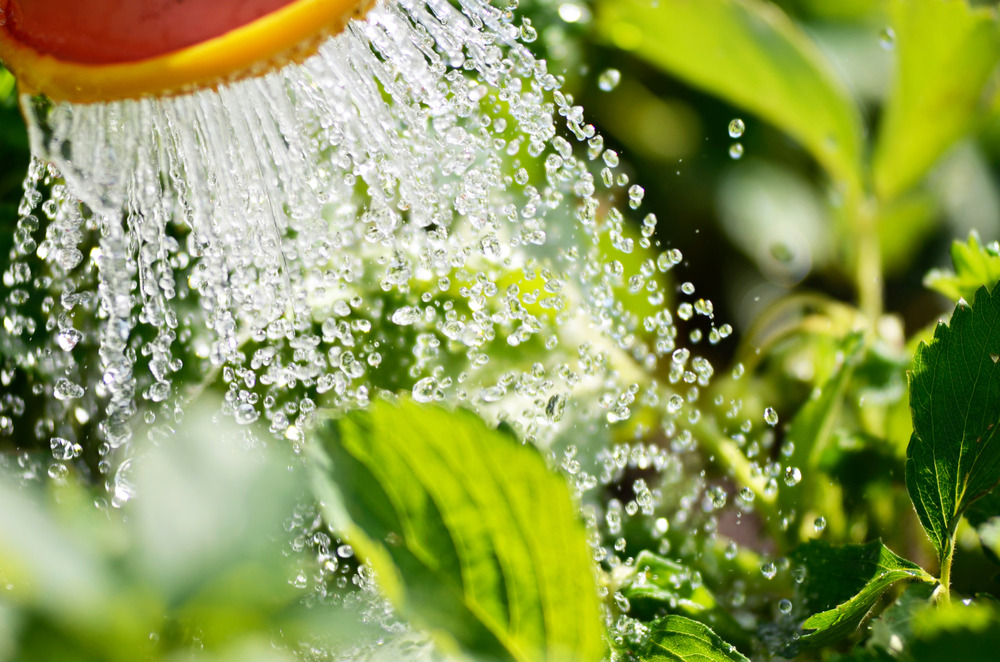search
date/time
 | Lancashire Times A Voice of the Free Press |
2:00 AM 16th July 2022
nature
5 Ways To Protect Your Garden Against Rising Temperatures

The amber warning, issued for Sunday (17 July) and Monday (18 July), and threat of a hose pipe ban has made creating shade and conservative watering essential.
Jack Sutcliffe, founder of Yorkshire-based shed manufacturer, Power Sheds, has unveiled his five tips to help you protect your prize plants, fruit and vegetable patch, and garden furniture.
1.
Move all container plants into the shade
Container plants are the first to dry out in a heatwave, you need to protect them from the sun or they will perish quickly. Moving them into the shade so they don’t feel the full heat of the midday sun is an easy way to prepare your plants and pots for the rising temperature.

Do not over water your lawn
Lawns can become scorched during a heatwave, but there are things you can do to keep it looking thick and green. It will require minimal watering, once a week should do, and your mowing routine should drop to once a week. You should also adjust the blades on your mower to a higher setting to ensure the grass stems provide maximum shade for the soil.

Install air vent and use UV-resistant varnish on your summerhouse
We recommend placing an air vent high up on an exterior wall so warm air can rise and escape. You could even add a second vent low on the opposite wall to allow cooler air to circulate and stop your summer house from becoming uncomfortably hot during a heatwave. If you’re worried about the heat damaging the outside of your summerhouse, covering the wood in durable, UV-resistant varnish will protect it from sun damage.

Use reflective mulch to protect soil around plants
The biggest risk to plants in high temperature is the soil drying out, your first line of defence against this should be to use a layer of mulch around plants to help the soil stay moist after watering. There are many different mulch materials gardeners can use during a heatwave, dry grass clippings from your lawn are a great option.

Don’t give up on plants damaged by the heat
t’s not too late for plants that have wilted or turned brown during the heatwave. Watering your plants in the morning, mulching to encourage water retention and providing them with the right shade even after signs of damage could help them recover once the heat subsides.
Jack Sutcliffe, Founder of Power Sheds, also commented:
“While most of us love a summer of hot weather, heatwaves can put your garden and its contents at risk. With temperatures set to rise to 35C in some parts of the country and Met Office issuing an amber weather
warning, it’s important you take the necessary steps early to protect your plants or it can be too late for them to recover. We recommend following the advice above so you can enjoy the hot weather knowing your garden and its furniture are protected.”
“While most of us love a summer of hot weather, heatwaves can put your garden and its contents at risk. With temperatures set to rise to 35C in some parts of the country and Met Office issuing an amber weather
warning, it’s important you take the necessary steps early to protect your plants or it can be too late for them to recover. We recommend following the advice above so you can enjoy the hot weather knowing your garden and its furniture are protected.”
https://www.powersheds.com/garden-sheds/